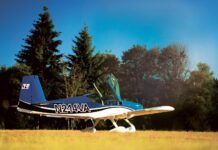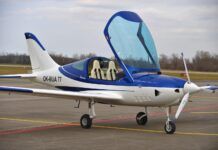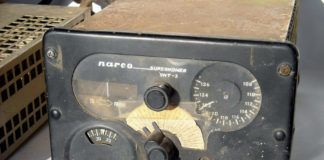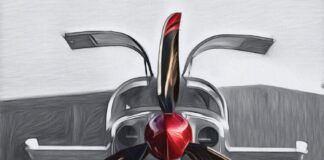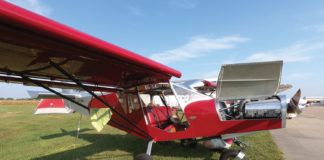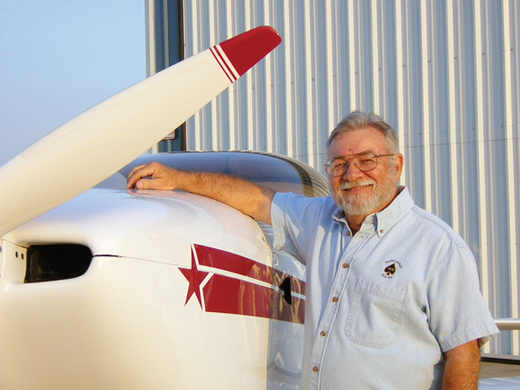
Question: I purchased an Experimental airplane with over 500 flight hours. The granddaughter who inherited the plane had a garage sale and sold the container with all the aircraft records in it, including the airworthiness certificate. How do I get a new one from the FAA?
Answer: This is really pretty simple once the research is done. First, you will need to “re-create” new logbooks using information that you can obtain from anyone who has worked on the aircraft—i.e., annual condition inspections, transponder certifications, etc. Then add a statement that this information is “to the best of my knowledge.” This entry will need to be notarized.
Next, you can apply to the local FSDO or a DAR for a replacement airworthiness certificate and operating limitations. The new operating limitations will be the latest edition.
Question: I recently purchased an incomplete Star-Lite project with no logs or builder’s info. How do I proceed to complete the project as an Experimental/Amateur-Built LSA?
Answer: You will need to get some kind of statement from someone who knows that the project, to this point, has been amateur-built—i.e., not built with excessive commercial assistance. There is no formal format for this, just something to convince the inspector of the amateur-built status. This statement, along with the builder’s log for your portion of the build, and an eligibility statement, FAA form 8130-12, will be presented to your FAA inspector or DAR at the time of the airworthiness inspection.
Now, let’s try to clear up some confusion about Light Sport Aircraft—there is no such thing as an Experimental/Amateur-Built LSA! It’s either an Experimental/Amateur-Built aircraft, an Experimental Light Sport Aircraft, or a Light Sport category aircraft.
LSA is a definition of aircraft characteristics. It does not refer to how an aircraft is registered. Your project will be registered as an Experimental/Amateur-Built aircraft—and as long as it meets the definition of an LSA as defined in 14 CFR 1.1, it will be eligible to be flown by a Sport Pilot. However, that does not make it a Light Sport Aircraft. Even a vintage Piper Cub may meet the definition, and therefore be eligible to be flown by a Sport Pilot. But again, that doesn’t make it a Light Sport Aircraft.
There are many ways to register an aircraft. An aircraft may be registered as Experimental/Amateur-Built, Experimental Light Sport, Special Light Sport, Experimental Exhibition, Standard category, and others. There are three ways a Light-Sport aircraft may be registered:
1. Light Sport category—this is an aircraft built by a factory and is known as a Special Light Sport Aircraft.
2. Experimental Light Sport Aircraft—this is an aircraft built from a certificated ELSA kit and assembled exactly according to the manufacturer’s instructions. It may be modified after certification as long as the modification does not take the aircraft out of LSA parameters.
3. Special Light Sport Aircraft converted to an ELSA—this process allows the owner to modify the aircraft within LSA parameters, but the aircraft may no longer be used for commercial purposes.
It seems like the FAA went out of their way to make this extremely confusing. If so, they were successful. In my opinion, the definition in Part 1.1 should read LSC as in Light Sport Compatible.
Please send your questions for DAR Asberry to [email protected] with “Ask the DAR” in the subject line.




